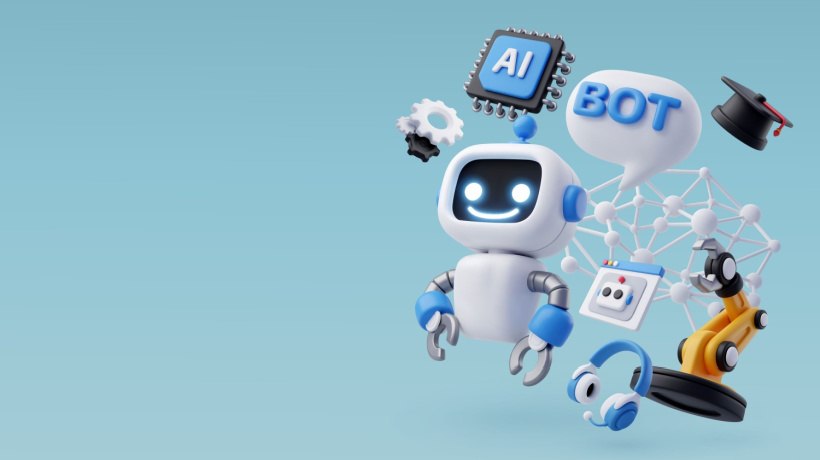Learning In Higher Education
In today's rapidly evolving educational landscape, educators are faced with the challenge of keeping up with the changing needs and expectations of their students, especially with the rise of online courses. As the world becomes increasingly interconnected, the traditional approach to teaching and learning in higher education must evolve to meet the needs of the twenty-first-century learner. This article explores some innovative approaches to teaching and learning in higher education, including active learning, blended learning, and personalized learning, to help prepare students for success in their future careers.
Why Do We Need To Change The Approach?
The traditional approach to teaching in higher education is centered around the transmission of knowledge from the instructor to the student. This approach places a heavy emphasis on lectures, textbooks, and exams, and can be passive and disengaging for students. In today's world, where information is readily available at our fingertips, this approach is becoming increasingly outdated.
In order to prepare students for the challenges of the twenty-first century, we need to shift our approach to teaching and learning. We need to focus on developing skills such as critical thinking, problem-solving, and collaboration, rather than simply memorizing information. We need to create more engaging and interactive learning experiences that allow students to apply their knowledge in real-world situations. By doing so, we can better prepare students for success in their future careers.
What To Take From The Traditional Approaches, And What To Leave Behind?
While the traditional approach to teaching and learning may be outdated in some respects, there are still aspects of this approach that are valuable and worth preserving. For example, lectures can still be an effective way to introduce new concepts and provide a framework for understanding course material. However, we need to be willing to let go of aspects of the traditional approach that are no longer effective. For example, we need to move away from a focus on memorization and rote learning, and instead focus on developing critical thinking and problem-solving skills. We also need to create more engaging and interactive learning experiences, rather than relying solely on lectures and exams.
Some Important Approaches To Look Into For Teaching And Learning In Higher Education
Experiential Learning
Experiential learning is an approach that emphasizes learning through direct experience. This can include internships, fieldwork, and service-learning projects. By engaging with real-world situations, students are able to apply their knowledge and skills in a practical setting. One of the key benefits of experiential learning is that it helps to bridge the gap between theory and practice. By connecting academic concepts to real-world situations, students are better able to understand the relevance of their learning and to develop skills that are directly applicable in their future careers.
Collaborative Learning
Collaborative learning is an approach that encourages students to work together in groups to solve problems and complete projects. This approach promotes teamwork and communication skills, as well as fostering a sense of community within the classroom. One of the key benefits of collaborative learning is that it provides students with the opportunity to learn from their peers. By working with others who have different perspectives and experiences, students are able to gain new insights and develop a broader understanding of course material.
Adaptive Learning
Adaptive learning is an approach that uses technology to personalize the learning experience for each student. This approach uses algorithms to assess student performance and to provide customized content and feedback based on their individual needs. One of the key benefits of adaptive learning is that it allows students to learn at their own pace. By providing content that is tailored to their specific strengths and weaknesses, students are able to make progress more quickly and stay engaged with the material.
Gamification
Gamification is an approach that uses game elements, such as points, badges, and leaderboards, to motivate and engage students. This approach can be applied to a wide range of subjects and can be especially effective in promoting student engagement in subjects that may be seen as less exciting. One of the key benefits of gamification is that it can increase student motivation and engagement. By incorporating game elements into learning, students are more likely to be invested in the educational process and to take an active role in their own learning.
Flipped Learning
Flipped learning is an approach that involves reversing the traditional classroom model. In a flipped classroom, students watch lectures or complete readings outside of class, and then come to class to engage in hands-on activities and discussions. One of the key benefits of flipped learning is that it allows for more personalized and interactive learning experiences. By using the time in class for hands-on activities and discussions, students are able to engage with course material in a more meaningful way and to receive feedback and support from their peers and instructors.
Conclusion
Innovative approaches to teaching and learning in higher education are essential for preparing students for the challenges of the twenty-first century. By incorporating experiential learning, collaborative learning, adaptive learning, gamification, and flipped learning into their teaching practices, educators can create a more engaging and effective learning experience for their students. As the educational landscape continues to evolve, it is important for educators to remain open to new approaches and to continue to adapt their teaching practices to meet the changing needs of their students.









